Price 13.0 आईएनआर/ Number
MOQ : 1 Number
Trade Information
- Minimum Order Quantity
- 1 Number
- डिलीवरी का समय
- दिन
About
91 000 74051 Injection packers are ports or fittings inserted into drilled holes in concrete, masonry or other structural elements so that injection materials (epoxy, polyurethane, acrylate gels etc.) can be pumped into cracks, voids, or joints. They act as sealed access points so the injection grout or resin enters the structure under pressure without escaping.
Important Specifications / What to Choose
Diameter of packer: depends on how much flow you need and what crack size / pressure. Common diameters ~ 6 mm, 10 mm, 13 mm, 16 mm etc.
Length / Shaft length: Longer packers help in weak or deteriorated concrete so they grip well in the hole without blowing out. Short ones are fine for shallow cracks.
Valve type / fitting type: Zerk type vs Button-Head vs Anti-Return Valve. Anti-return valves help prevent backflow and ease multiple injections. Button-head or flat-head help with fast hose connection.
Material strength & corrosion resistance: Steel gives high strength and good pressure resistance; aluminum/brass cheaper; plastic lighter. Choose depending on environment and pressure.
Q. What diameter should I choose? Depends on volume / flow and crack/void size; 10-13 mm common for concrete crack injection.
Q. Can these packers be reused? Some metal packers may be reusable; plastic ones often single use.
Q. What injection materials can be used? Epoxy, PU, acrylate, silicate etc. Check compatibility with valve and packer material.
Q. How to finish after injection? Pull out or break off the packer stem if needed, seal hole with patch repair mortar.
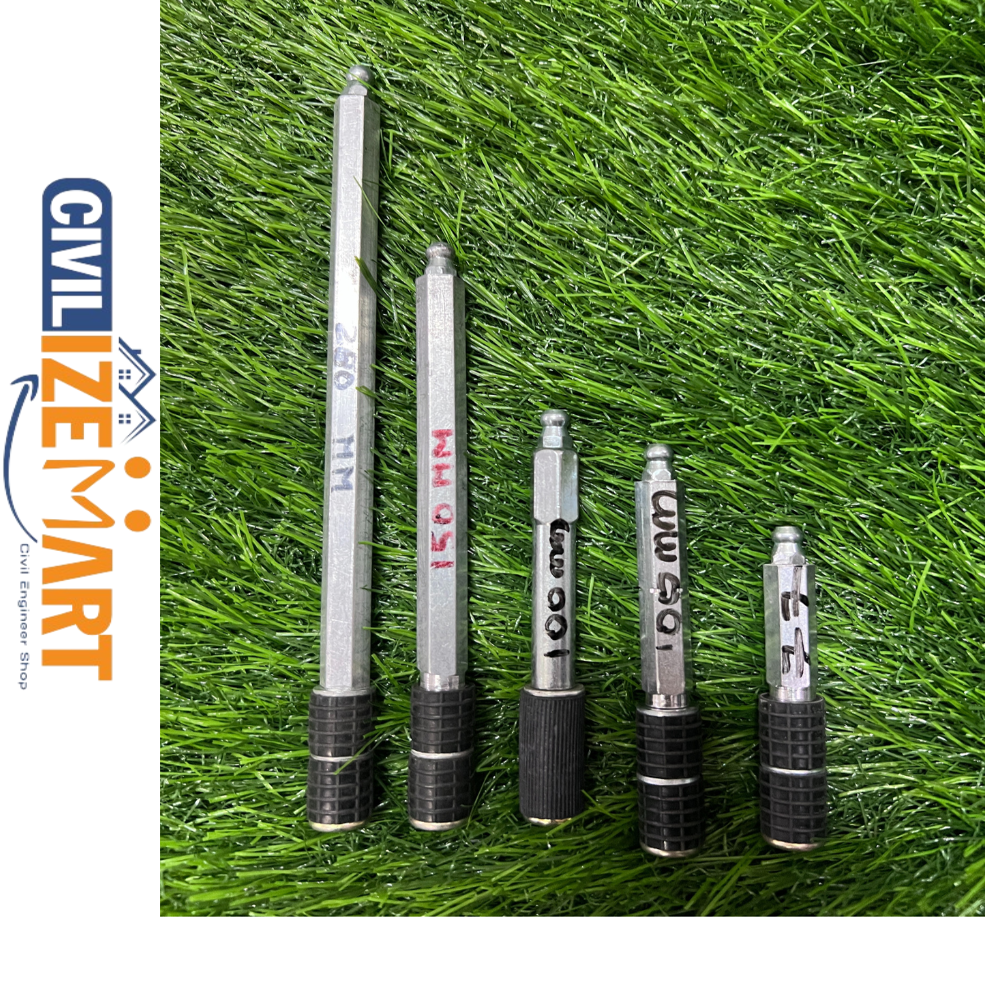
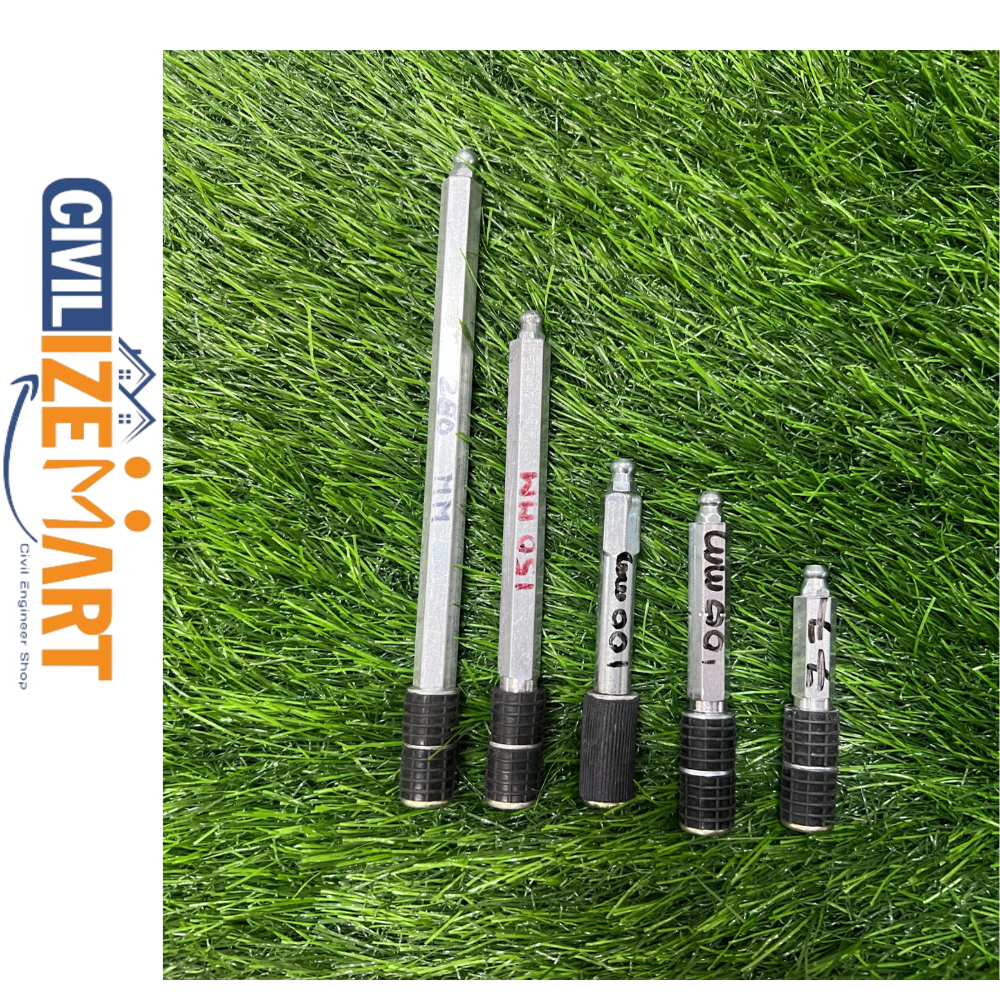
Tell us about your requirement

Price: Â
Quantity
Select Unit
- 50
- 100
- 200
- 250
- 500
- 1000+
Additional detail
मोबाइल number
Email
अधिक Products in औद्योगिक उत्पादों Category
ड्रेनेज सेल
मूल्य या मूल्य सीमा : आईएनआर
माप की इकाई : स्क्वायर फुट/स्क्वायर फुट
न्यूनतम आदेश मात्रा : 2
मूल्य की इकाई : स्क्वायर फुट/स्क्वायर फुट

 जांच भेजें
जांच भेजें
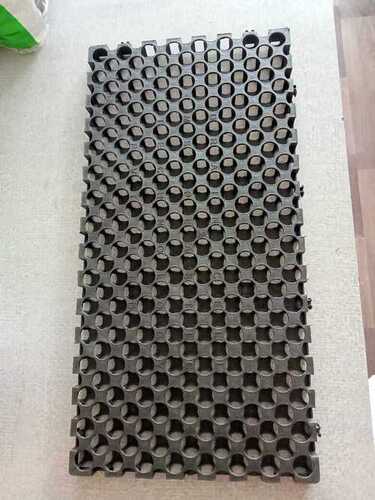
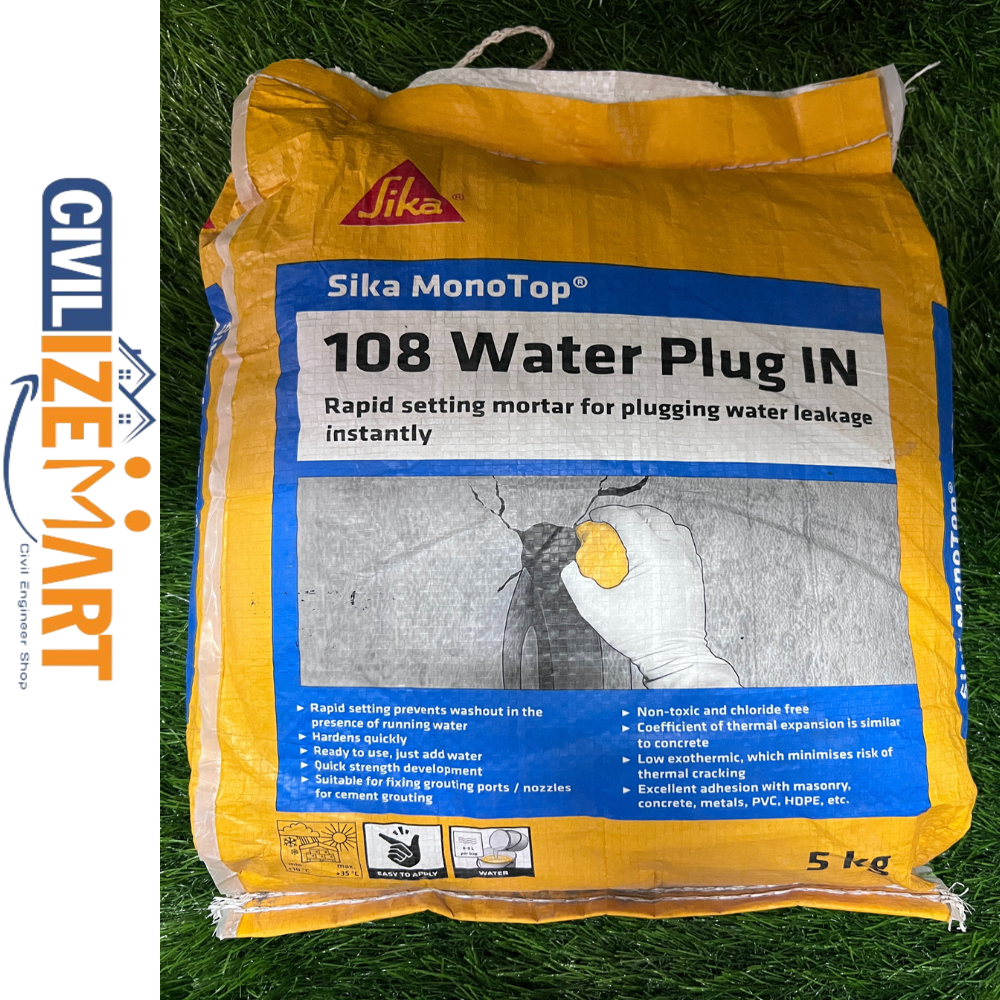

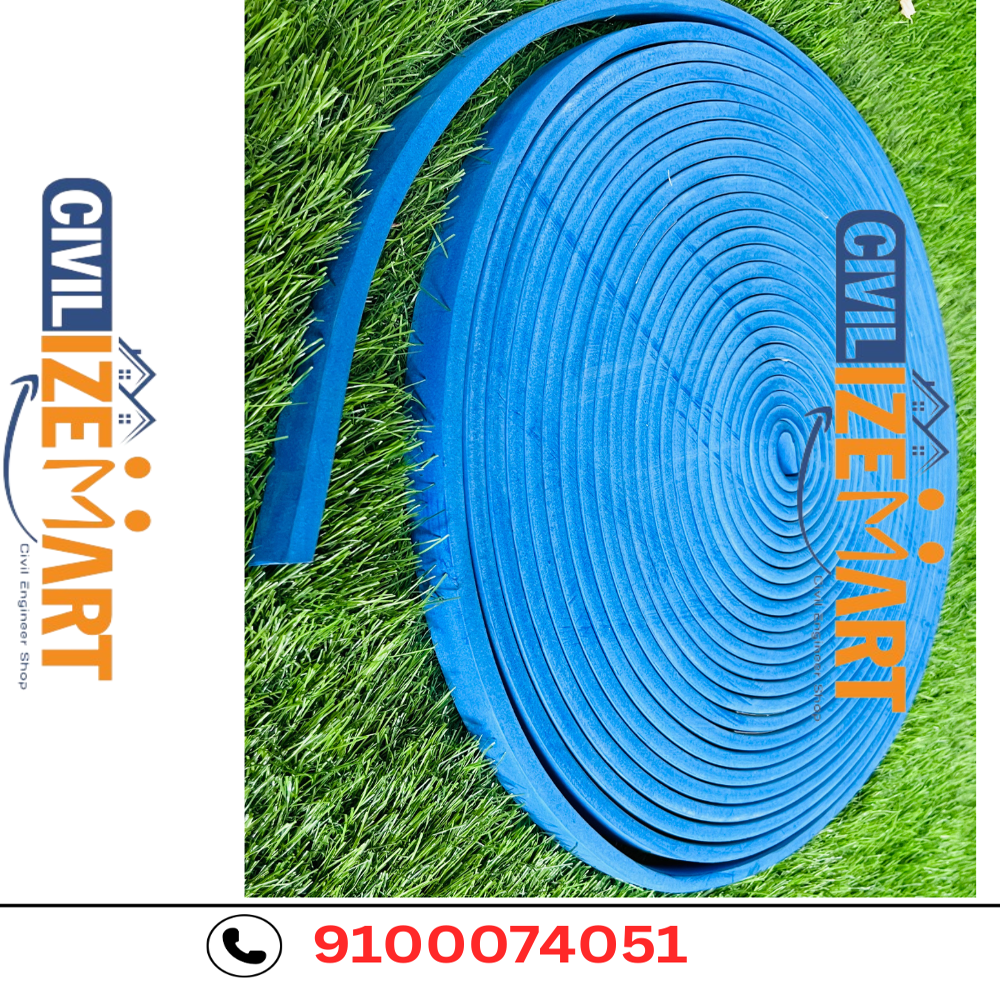


 जांच भेजें
जांच भेजें एसएमएस भेजें
एसएमएस भेजें